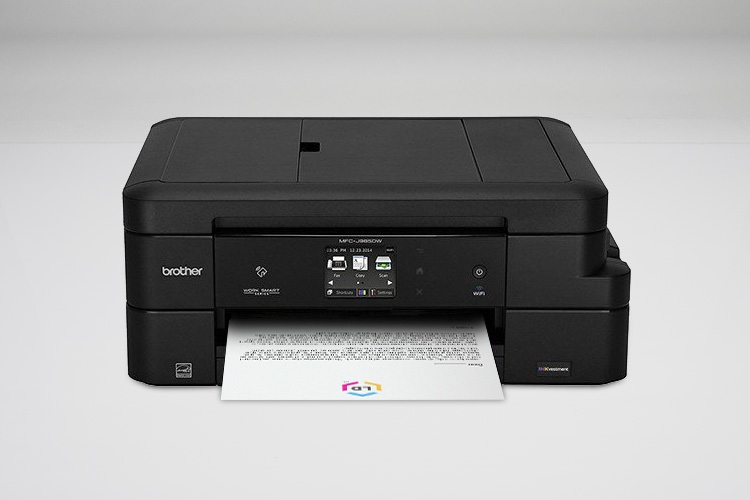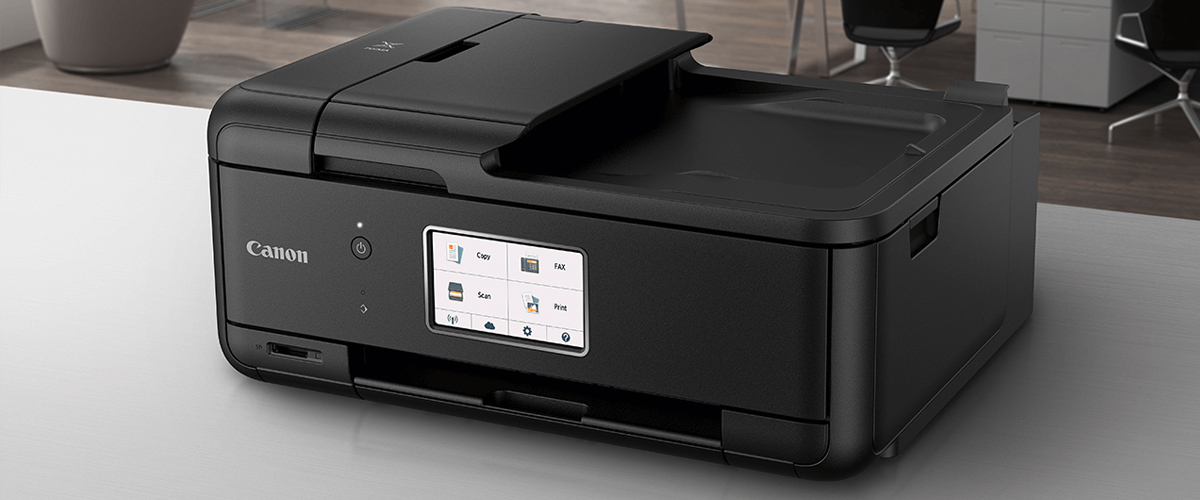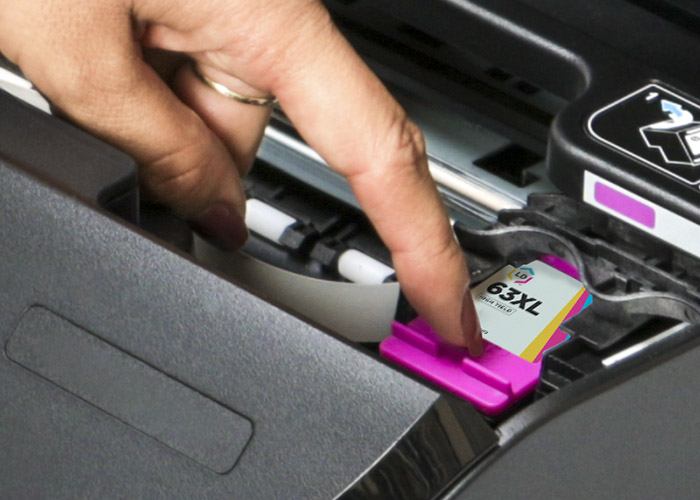An overcrowded gym isn’t the only place to get in shape after the holidays. Small business owners everywhere celebrate the new year by opening up their books to get their year-end finances in order before tax season. This doesn’t have to be a painful task. The new year is a great chance to trim up your business and organize your daily practices to make things more efficient and profitable. With a bit of constructive re-evaluation, you’ll find your processes will be easier to track and easier to report when taxes comes around. Here is our step-by-step guide to promoting financial fitness for your small business.
Finances:
Get your books in order. Chances are you’ve been keeping close track of individual inflows of money throughout the year as part of your day to day accounting. The year-end makes you look at everything as a whole, which can give you perspective on the overall health of your business. Prepare and examine each of the following:
- Balance sheet. Review your balance sheet to see a summary of how your business is doing year-end. Your balance sheet will plainly illustrate your business assets, equity, and liabilities.
- Income statement. For a deeper look into the profitability of your business over the past year, your income statement itemizes revenue and expenses. The income statement is a straightforward look into where you are generating and losing the most money in your operations.
- Cash flow statement. Every small business needs cash-on-hand to operate smoothly. Your cash flow statement reconciles the amount of cash you have at the start and close of each period and shows where the money went. When preparing your cash flow statement, remember to track cash flow from operating expenses, investing, and financial activities such as loans and loan repayments to get a holistic view of your cash availability.
- Physical inventory. Review the amount of unsold merchandise you have on hand. Not only will this provide insight into what you have left to sell, a write-down of inventory can lead to a decrease in your year end taxes. Be sure to write-down unsellable inventory to ensure you aren’t paying unnecessary taxes.
Organize for efficiency. Far too many businesses are run using cluttered heaps of invoices, receipts, and handwritten notes. While assembling your year-end finances, why not tweak your system to minimize the amount of time and effort you put into keeping your books in order in the future? Whether it’s a question of utilizing Quickbooks® to get the most of out your sales data or saving receipts and invoices on the go with Evernote®, there are dozens of ways technology can make running your business easier.
Larger than expected profit? If you made more than expected this year, it’s a great chance to see if any major purchases that need to be made to improve your operations. Buying what you need at the end of the year can offer you a variety of discounts from retailers (who are also trying to boost year-end sales) and can be factored in your balance sheet to decrease your tax burden.
Make sure no-one is lost in the mix. Now is a great opportunity to check on past due receivables that may have gone unpaid in the end of year rush. If you have a vendor whose payment is overdue, now is the time to follow up with them and ensure your year end accounts are current. Similarly, now is the time to pay up if there’s a contractor or vendor whose invoice fell through the cracks.
Year end bonuses. Holiday bonuses are more than just a festive treat—many people consider them part of their yearly income. Bonuses based on year-end sales results require calculation before you can cut the checks, and the sooner you get started on crunching the numbers the better.
Factor in depreciation. According to the IRS, certain types of property lose value over time in such a way that their diminished worth can be factored into your financials. Everything from machinery and furniture to computer programs are affected by depreciation. Speak with your tax professional about depreciation rules in your sector and how they factor into your bottom line.
Taxes.
Fill out W2 and 1099-MISC forms. The IRS requires all employers to submit the annual earnings of your full-time employees and independent contractors by January 31st. Be sure to fill in any information that will affect your employees’ returns when they file their taxes, including health and life insurance, moving expense reimbursements, paid educational courses, transportation subsidies, and any other financial that may affect their filings.
Review payroll status. Double check to ensure your employees are designated properly. Thousands of people are mislabeled by their employer as independent contractors—or vice versa as full/part timers—which can not only shortchange your workers, but can lead to long term expenses for the business re-designating them properly.
Update quarterly tax estimates. Looking over your financials for the past year will give you a better idea of how much you should be putting towards quarterly tax estimates. If you made more money than expected last year, you may need to bump up the amount you are sending to the IRS as well as state and local tax collectors.
Goals:
Review the previous year’s action plan. List out your major accomplishments for the year and compare them to your action plan. How does everything stack up? Not only does a year end review offer an opportunity to pass along good news to your employees, but it gives you a document to reference next year to see how far you’ve come.
Step back and take a look at the year. A year is a long time and keeping track of your milestones will give you a method to gauge your progress long after you’ve forgotten the little day to day successes and struggles of the previous year.
Evaluate goals. Don’t get stuck in the past though! Reviewing past successes offers a great jump off point for the next year’s goals. Did you meet your goals for the year prior? If not, how can you streamline your business practice to exceed expectations in 2016? Dig deep into the numbers when you assess goals, and establish actionable step-by-step changes to help maximize your profits.











Leave a Reply